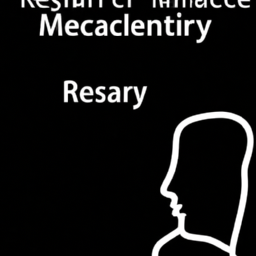Cost of Benefits Strain Employers and Workers Alike
The impact of the coronavirus pandemic on the US economy cannot be overstated. In addition to widespread layoffs, business closures, and disruption of everyday life, the pandemic has also brought upon a wave of financial strain on employers and workers alike, particularly in terms of fully funded employee benefits plans.
In its recent report, Aflac suggests that this strain may be partly due to a wave of delayed healthcare visits amid the pandemic, along with an increasing need for mental healthcare services.
It isn’t just Aflac’s own report that points to these conclusions, however. Numerous surveys and studies from organizations such as The National Alliance of Healthcare Purchaser Coalitions (NAHPC) and the Kaiser Family Foundation (KFF) have identified similar trends in employee benefits spending, with this spending reaching an all-time high as we enter 2021.
Why are Employers Spending More on Benefits?
When looking at the cost of employee benefits, it is important to consider the underlying factors driving up the cost in the first place. While the Aflac report suggests delayed healthcare visits and an increased need for mental healthcare are at the core of this financial pressure, other factors are certainly at play.
For starters, there is the impact of the Affordable Care Act (ACA), which requires employers with at least 50 full-time employees to offer health insurance. This has driven up the hourly employer health benefits cost by more than 50 percent since 2013, according to the Bureau of Labor Statistics.
The same report revealed that since 2013, employers have also had to spend significantly more on dental and vision benefits, as well. This can be attributed to the fact that employers are now providing more comprehensive coverage and taking a more consumer-focused approach to healthcare benefits.
Also, the cost of providing other employee benefits, such as disability insurance, health savings accounts, and flexible spending accounts, has also seen a significant rise. To meet rising consumer demands, employers are now offering more of these benefits, something that has contributed to higher benefit costs.
Lastly, the recent surge in prescription drug costs has also had an impact on employer benefit budgets. Prescription drug prices have skyrocketed in the past decade alone, with some treatments costing four times more in 2020 than just a few years ago. This has put additional strain on employers, who must now cover these costs as part of their employee benefits packages.
What Can Employers Do?
In the face of these rising costs, employers can take a few measures to help alleviate some of the financial pressure associated with providing employee benefits.
The first course of action is to review current benefit plans and look for areas where spending can be reduced. This can be accomplished by taking a close look at existing plan details, such as eligibility requirements, co-pays, and other costs.
In terms of healthcare benefits, employers should look into value-based benefits structures, as well as incentives for preventive services and other healthy behaviors. This can both help control costs and make employees more engaged in their health and well-being.
A second step employers can take is to shop around for more competitive rates from insurers and providers. Doing so can save employers money in the long run, as insurers often offer discounts for large groups.
Thirdly, employers should look into implementing a self-funded plan for some or all of their benefits. While this approach is often costlier upfront, employers may ultimately save money in the long run, as self-funded plans tend to be more flexible and customizable than traditional plans.
Lastly, employers should educate their employees on the importance of taking advantage of existing benefits plans. This can help to reduce costs, as employees need to be more aware of their own health and wellness needs, and how they can take advantage of existing plans.
Conclusion
As the cost of providing employee benefits continues to rise, employers and workers alike are feeling the strain. While these costs are largely out of the hands of employers, there are measures they can take to help minimize the impact of these costs. Employers should review existing plans and shop around for more competitive rates, as well as consider implementing self-funded plans and educating employees on the importance of taking advantage of existing plans. By taking these steps, employers and workers alike can better manage the cost of providing benefits.



